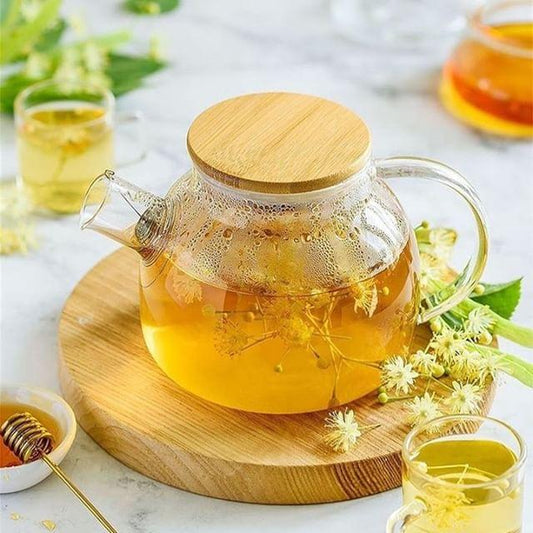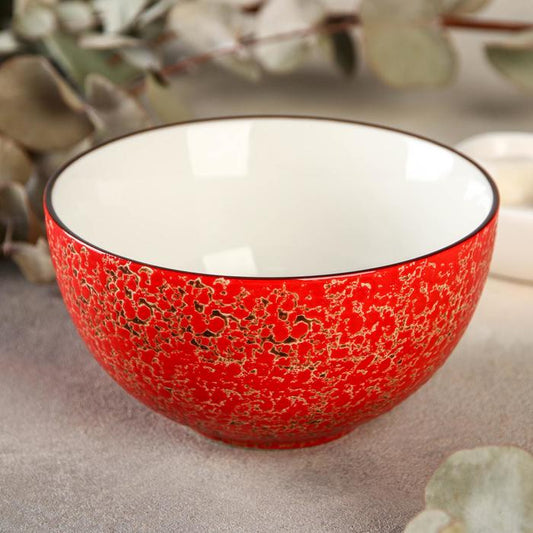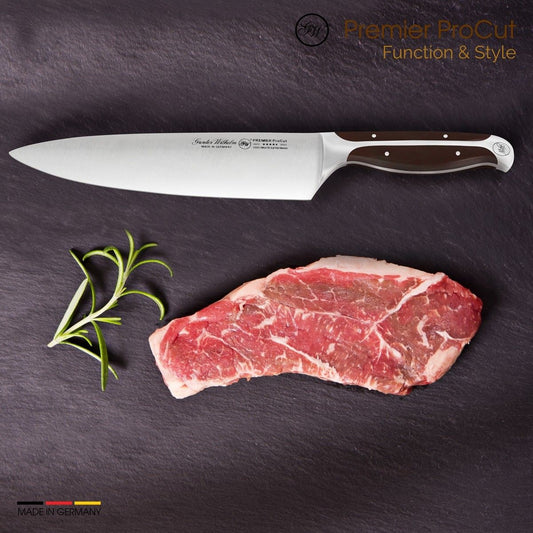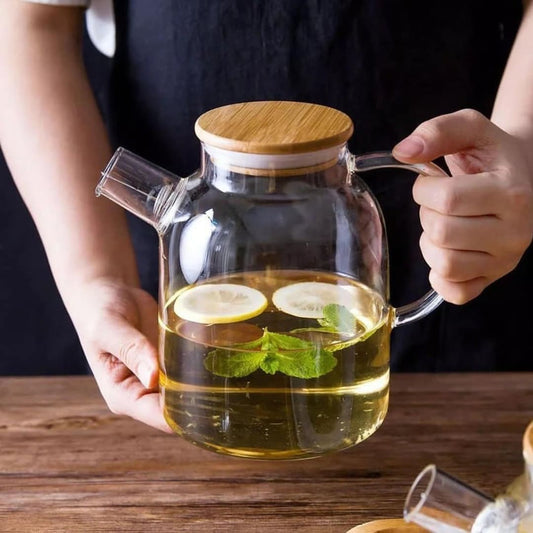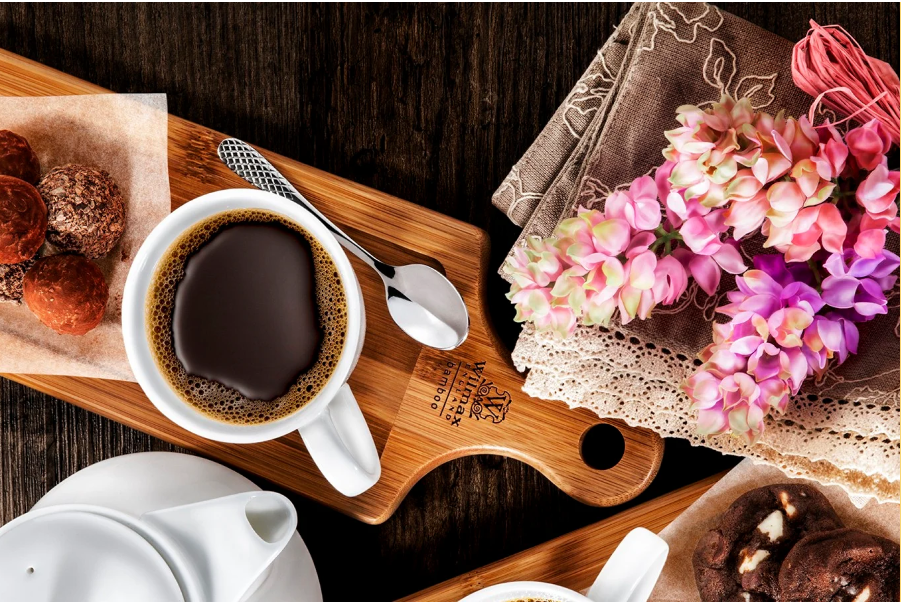The Art of Bento: Creative and Balanced Japanese Lunches

Bento is more than just a meal in Japan; it is a reflection of creativity, balance, and tradition. A well-crafted bento box not only satisfies hunger but also pleases the eye and nurtures the soul. Whether you are an enthusiast of Japanese culture or someone seeking new ways to make your lunch more exciting, the art of bento offers endless possibilities.
What is Bento?
Bento refers to a single-portion, portable meal, typically packed in a box. It dates back to the Kamakura period (1185-1333), evolving over centuries to become a staple in Japanese daily life. Today, bento is enjoyed by students, office workers, and even travelers, with varieties ranging from homemade creations to elaborate store-bought versions.
The Essentials of a Bento Box
A traditional bento box is a harmonious combination of flavors, colors, and textures. The goal is to create a balanced meal that is not only nutritious but also aesthetically pleasing. The key components of a bento include:
- Rice or Grains: The base of most bento meals, often shaped into onigiri (rice balls) or neatly packed alongside other items.
- Protein: Grilled fish, tamagoyaki (Japanese omelet), chicken karaage, or tofu provide essential protein.
- Vegetables: A variety of vegetables, such as pickled radish, cherry tomatoes, or blanched greens, add color and nutrition.
- Fruits: Small portions of fruit, like grapes or slices of apple, serve as a refreshing end to the meal.
- Side Dishes: Items like seaweed salad, edamame, or gyoza can add extra flavor and variety.
Creativity in Presentation
Presentation plays a vital role in bento making. Some popular styles include:
- Kyaraben (Character Bento): Bento designed to resemble popular characters from anime, manga, or films, often appealing to children.
- Oekakiben (Picture Bento): Artfully arranged to depict scenic landscapes, flowers, or seasonal motifs.
- Simple and Minimalist Bento: Focuses on clean lines, natural colors, and elegant simplicity.
Using dividers, food picks, and small containers helps keep the ingredients separated and enhances visual appeal.
Benefits of Bento
Bento is not only a delight for the senses but also encourages healthier eating habits. By portioning meals thoughtfully, it promotes a balanced diet with a variety of nutrients. Additionally, preparing bento allows for reducing food waste by using leftovers creatively.
Tips for Making Your Own Bento
- Plan Ahead: Prepare ingredients the night before to save time in the morning.
- Color Balance: Aim for at least five different colors to ensure a range of nutrients.
- Texture Variety: Combine soft, crunchy, and chewy elements for a satisfying experience.
- Portion Control: Use smaller compartments to manage portion sizes effectively.
- Experiment: Don’t be afraid to mix and match new ingredients and recipes.
Final Thoughts
The art of bento embodies the Japanese philosophy of mindfulness and appreciation for beauty in everyday life. Whether you choose to craft elaborate designs or stick to simple, wholesome meals, creating bento can transform your lunch routine into a creative and rewarding experience.
Share:

